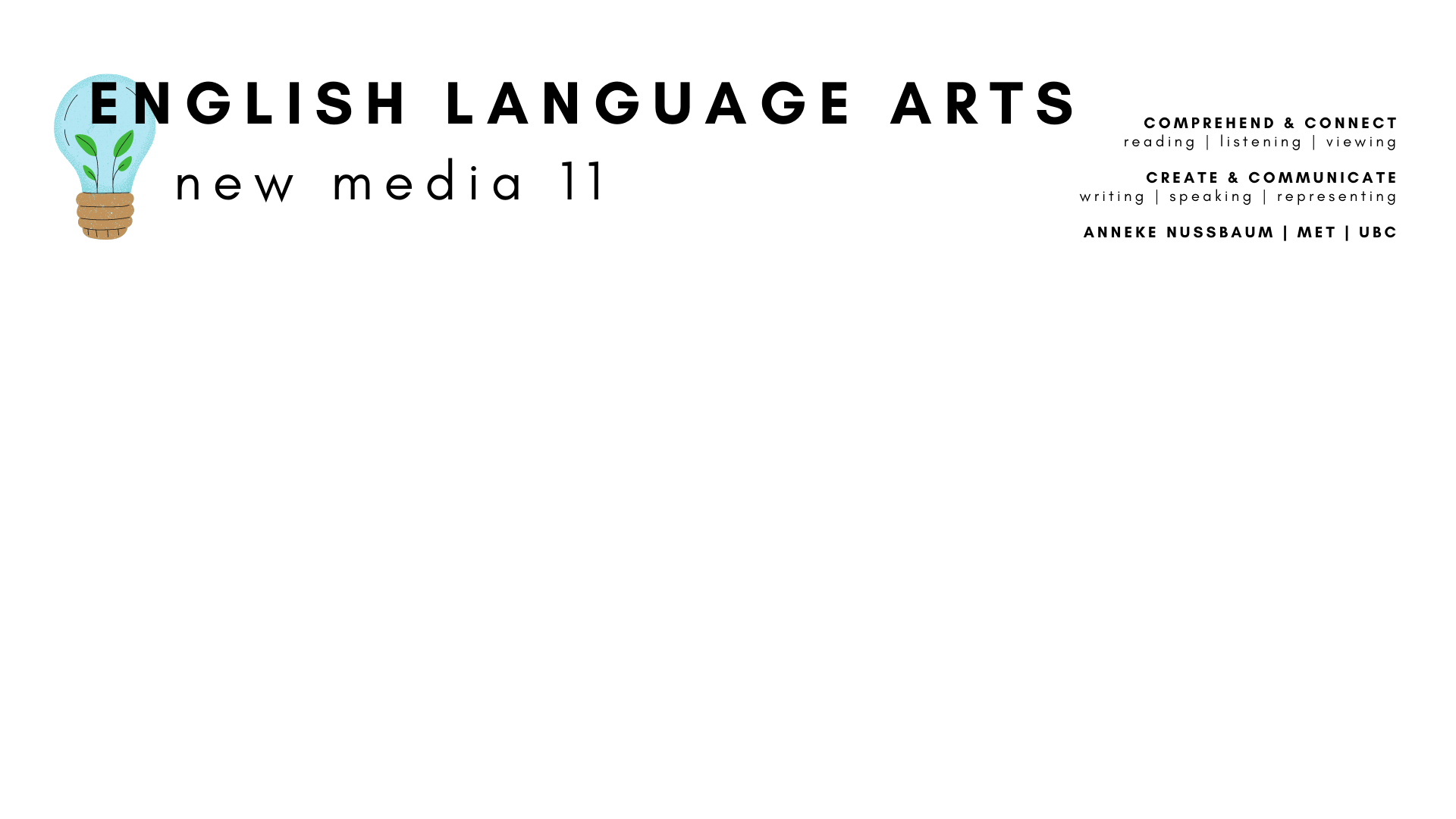Module 5 | Lesson 1 | Lesson 2 | Lesson 3 | Lesson 4 | Lesson 5
The Danger of a Single Story
Watch Adichi’s Ted Talk
Word Splash
Identity Exploration
Blog Post #11: Defining Identity
The Danger of a Single Story
The single story creates stereotypes, and the problem with stereotypes is not that they are untrue, but that they are incomplete. They make one story become the only story”
Chimamanda Ngozi Adichie (2009)
Word Splash: Understanding Terms
After watching Adichie’s TED Talk above about the impact of stories on the way we understand people, let’s explore the following terms in a Word Splash: oppression, privilege, equality, and equity. Click on the discussion board below. Add words, questions, associations, thoughts, examples on the sticky-notes (double-click) to extend our collective understanding of these creative forms – how they are related to and different from each other.
Identity Exploration
Identity is defined by the Oxford Dictionary as “the fact of being who or what a person or thing is”. The Merriam-Webster dictionary states that identity is “the distinguishing character or personality of an individual: individuality.” Identities can be sensitive because they affect how people interact with us and how we interact with others.
Oxford & Merriam-Webster Dictionaries
As you think about the definition of Identity, and your own Identity as well as what influences it, keep the following questions in mind:
- How does this idea relate to what you learned from Chimamanda Adichie’s TED Talk?
- How does it relate to the idea of stories?
- How do our identities intersect and influence each other?
- How does this notion of identity connect with what we explored earlier about privilege, oppression, equality, and equity?
- What impact does point of view play in the way we interpret others and society as well as ourselves?
Download and follow the graphic organizer below to help us identify aspects of our identity.
- Personal Identity (inner circle):
- List characteristics that you would attribute to yourself (traits, behaviors, beliefs, values, and others)
- Social Identity (outer circle):
- List identity characteristics strangers might attribute to you if they saw you in public (race, sex, age, religion, culture, immigration status, gender expression, sexual orientation, etc.)
- Social Identity signifiers can affect how others interact with us and how we might interact with others.
- Some characteristics are readily perceived by others and are thus considered “visible.” Others can be considered “invisible”
- Mark each characteristic in your graphic organizer as VISIBLE or INVISIBLE. What do you notice?
Blog Post #11: Reflecting on and Defining Identity
- How would you define the word “identity”?
- Reflect on the Word Splash, Adichie’s TED Talk, and the Identity & Circle of Influence activity. Use the “I used to think . . . but now I see . . .” routine to express what has changed or has been solidified in your understanding of the notion of “identity” based on the lesson above.
- Connect the idea of Identity back to the Word Splash at the beginning of the lesson as well as Chimamanda Adichie’s Ted Talk “The Danger of a Single Story”:
- How does Privilege affect our identity and the way people interact with us? What are some examples?
- How does Oppression connect? What are some examples?
- How does this idea of social, personal, visible, and invisible identity connect with the idea of “The Danger of a Single Story?”
- Feel free to extend your discussion to explore the term: “Intersectionality”
References
Adichie, C. (2009, July). The Danger of a Single Story [Video]. TEDGlobal. https://www.ted.com/talks/chimamanda_ngozi_adichie_the_danger_of_a_single_story?language=en
